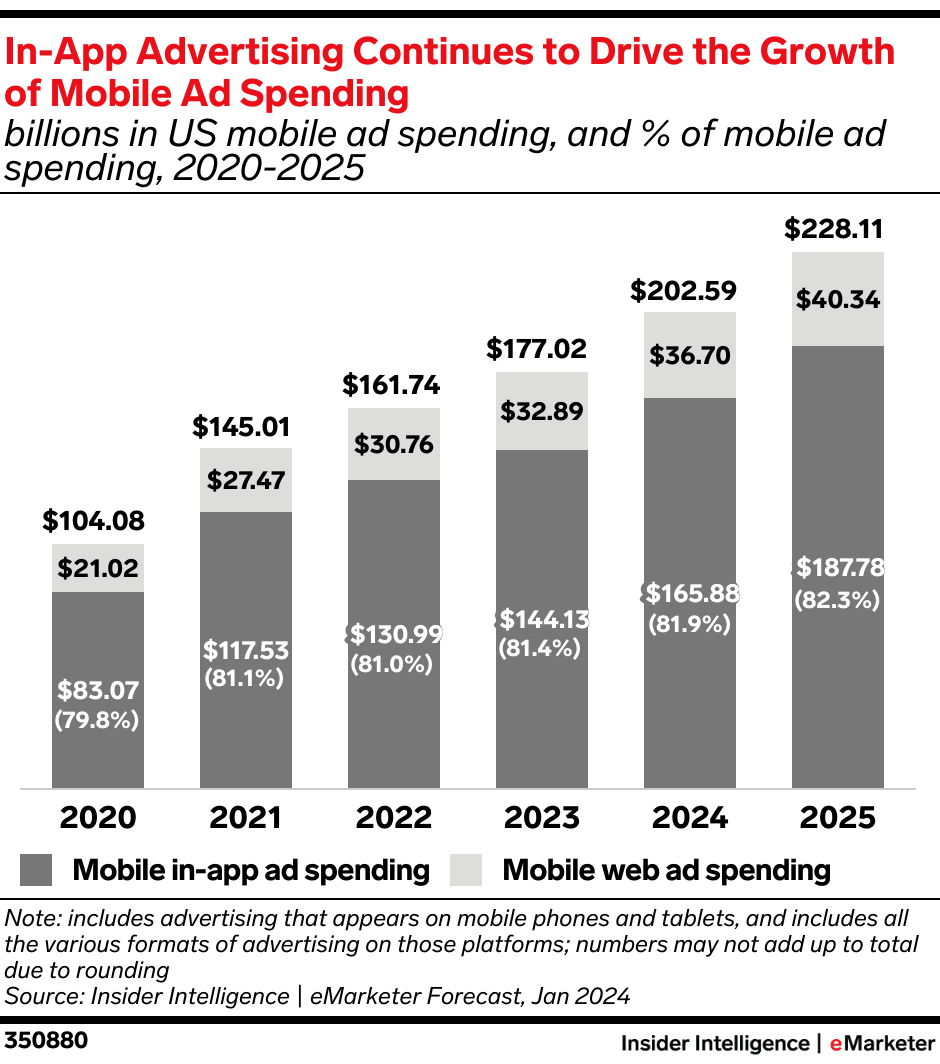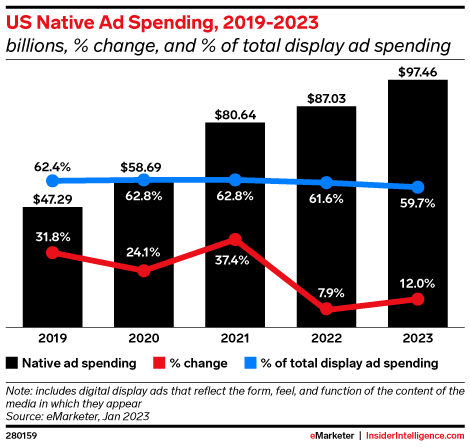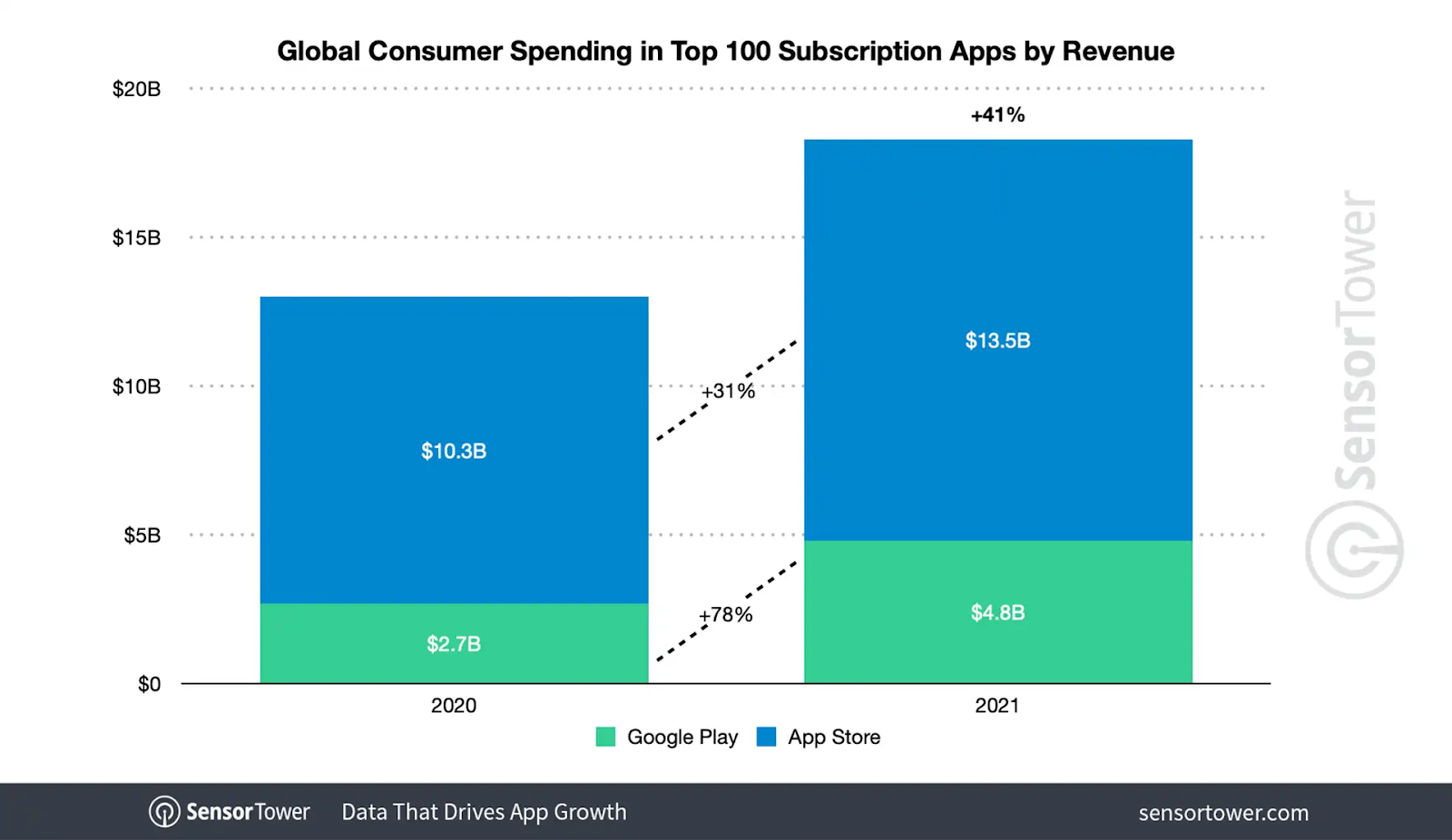As the app market continues to expand exponentially, developers are increasingly focused on optimizing their monetization strategies. In 2024, leveraging the right approach can significantly enhance revenue and user engagement. Here, we outline the Top 5 App Monetization Strategies for 2024, providing detailed insights into how you can maximize your app’s earning potential.

How to Monetize an App?
1. In-App Advertising:
In-app advertising continues to be a dominant force in app monetization. By integrating ads seamlessly into the user experience, developers can generate substantial revenue without compromising on user satisfaction. The key is to use targeted and personalized ads that cater to the interests of the users.
- Banner Ads and Interstitial Ads: Banner ads are small, often appearing at the top or bottom of the screen, providing a non-intrusive way to earn revenue. Interstitial ads, on the other hand, are full-screen ads that appear at natural transition points in the app, such as between levels in a game or during content loading screens.
Both formats can be effective, but it’s essential to strike a balance to avoid disrupting the user experience. According to a report by eMarketer, mobile ad spending will cross $200 billion this year, representing over half (51.2%) of total media dollars spent in the US and nearly two-thirds (66.0%) of digital ad dollars.

Image Source: eMarketer
- Native Ads: Native ads integrate seamlessly with app content, providing a seamless user experience. Research by eMarketer reveals that US native ad spend will account for 59.7% of total display ad spend in 2023 as advertisers move away from social media. This significant shift highlights the growing importance and effectiveness of native ads in modern advertising strategies.

Image Source: eMarketer
- Rewarded Video Ads: Rewarded video ads offer users incentives to watch ads, such as extra lives in a game or additional features in an app. This form of advertising not only enhances user engagement but also boosts ad revenue significantly.
Related Articles:
- Top 5 Mobile App Development Trends 2024
- Benefits of software architecture in developing robust applications
- 25 Simple Ways To Promote Your Mobile App
2. In-App Purchases:
In-app purchases (IAPs) are a powerful monetization strategy, particularly for free-to-download apps. By offering users the option to buy additional features, content, or virtual goods, developers can create a steady stream of income.
- Consumable vs. Non-Consumable Purchases: Consumable purchases are items that can be used once, such as virtual currency or extra lives in a game. Non-consumable purchases, on the other hand, are one-time purchases that provide permanent benefits, such as unlocking premium features or removing ads. Both types of purchases can be highly effective, depending on the nature of the app.
- Subscription Models: Subscription models have gained significant traction, offering users continuous access to premium content or features for a recurring fee. According to Sensor Tower report, global consumer spending in the top 100 subscription apps climbed 41% to $18.3 billion in 2021, underscoring the substantial growth and popularity of this model.

Image Source: Sensor Tower
3. Freemium Model:
The freemium model combines the best of free and paid apps, offering a basic version of the app for free while providing premium features at a cost. This strategy allows users to experience the app before committing to a purchase, increasing the likelihood of conversion.
- Tiered Pricing: Offering tiered pricing for premium features can cater to different user needs and budgets. By providing multiple levels of access, developers can maximize revenue from a broader user base.
- Gated Content: Gated content is a strategy where users can access certain features or content only after making a purchase. This approach can drive users towards making in-app purchases to unlock additional value within the app.
Tip: If you’re searching for an app development company that excels in turning innovative ideas into highly profitable apps, App-Scoop is your ideal partner. At App-Scoop, we specialize in designing and developing high-performing apps that not only captivate users but also leverage cutting-edge monetization techniques.
Whether you aim to capitalize on in-app advertising, optimize in-app purchases, or implement an effective freemium model, our team has the expertise to ensure your app maximizes revenue potential. By choosing App-Scoop, you gain a partner dedicated to creating an app that excels in both user experience and financial success.
Book Your Free Consultation Now!
4. Affiliate Marketing:
Affiliate marketing involves promoting third-party products or services within your app and earning a commission for every sale or lead generated through your referral. This strategy can be highly profitable if implemented correctly.
- Integrating Affiliate Links: Incorporating affiliate links within the app content, such as blog posts, product reviews, or even within the app’s functionality, can create a seamless experience for users while generating additional revenue for developers.
- Choosing Relevant Affiliates: It’s crucial to partner with affiliates that align with your app’s content and user base. Relevant and high-quality affiliate products or services can enhance the user experience and increase the likelihood of conversions.
5. Sponsorships and Partnerships:
Sponsorships and partnerships offer a direct way to monetize your app by collaborating with brands that are willing to pay for exposure to your user base. This strategy can be particularly effective for apps with a large and engaged audience.
- Branded Content and Sponsored Features: Creating branded content or sponsored features within your app can provide value to both users and sponsors. This can include custom themes, exclusive content, or special features branded with the sponsor’s identity.
- Event Sponsorships: For apps with social or event-related functionalities, partnering with sponsors for events or activities can be a lucrative way to generate revenue. This approach not only monetizes the app but also adds value to the user experience by providing unique and exclusive content.

By exploring various ways to monetize an app—including in-app advertising, in-app purchases, the freemium model, affiliate marketing, and sponsorships and partnerships—developers can craft a diversified and sustainable revenue stream.
Each strategy has its unique advantages and can be customized to fit the specific needs and goals of the app.
Frequently Asked Questions
What are app monetization strategies?
App monetization strategies are methods used by app developers to generate revenue from their apps. These strategies can range from in-app purchases to advertising, subscription models, and more. The goal is to convert app usage into profit.
Why is monetization important for app developers?
Monetization is crucial for app developers because it ensures that their efforts and investments in app development are rewarded financially. It allows developers to maintain, update, and improve the app over time while generating sustainable income.
What is in-app advertising and how does it work?
In-app advertising is a common monetization strategy where ads are shown to users while they use the app. Developers earn revenue based on impressions, clicks, or actions taken by users in response to the ads. This strategy works well for free apps looking to generate income without charging users directly.
What are in-app purchases, and how do they help with monetization?
In-app purchases allow users to buy virtual goods, premium features, or content within the app. This model is popular in gaming apps and apps offering additional content or functionality. It provides a direct revenue stream from users who wish to enhance their experience.
How does the subscription model work for app monetization?
The subscription model involves charging users a recurring fee, typically monthly or annually, to access premium content, services, or features. This model is effective for apps offering continuous value, such as fitness, media streaming, or productivity tools.
What is freemium monetization, and why is it popular?
Freemium monetization offers basic features of the app for free while charging users for access to advanced features, content, or services. This model is popular because it attracts a large user base, and once users see the value of premium features, many are willing to pay for them.
How do affiliate marketing programs work in app monetization?
Affiliate marketing in app monetization involves promoting third-party products or services within the app. Developers earn a commission for each sale or lead generated through these promotions. This strategy works well when the app’s target audience aligns with the products or services being promoted.
What role do data and analytics play in app monetization strategies?
Data and analytics help app developers understand user behavior, preferences, and engagement patterns. By analyzing this data, developers can optimize their monetization strategies, such as targeting the right ads, refining in-app purchase offers, and adjusting pricing strategies for subscriptions.
How do paid apps differ from other monetization strategies?
Paid apps require users to pay upfront to download and use the app. This model offers immediate revenue but may limit the number of downloads, especially if there are free alternatives. However, paid apps often appeal to users who are looking for high-quality, ad-free experiences.
What is the most effective monetization strategy for mobile apps in 2024?
The most effective strategy depends on the app’s type, target audience, and value proposition. For instance, games often perform well with in-app purchases, while media apps may benefit more from a subscription model. Combining multiple strategies like freemium models with in-app ads or purchases can maximize revenue potential.



